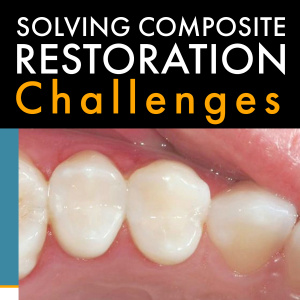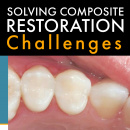Solving Composite Restoration Challenges
Product Details
Gordon J. Christensen, DDS, MSD, PhD
Composite restorations can be beautiful, but often only for a short time. Would you like them to last longer and have preventive characteristics? When observed with an electron microscope, the margins on composite restorations are wide open and the composite’s ~2% polymerization shrinkage invites the development of new caries. Gordon demonstrates numerous ways to improve composite longevity and cariostatic characteristics, including non-traumatic minimal tooth preparation, internal placement of new conventional glass ionomers with a composite layer on top, disinfecting and desensitizing tooth preparations, use of anti-cariogenic materials, and the best composite brands. Other topics include non-traumatic finishing, reducing open margins, and using several methods to create an ideal non-contaminated operating field. Composites can last longer and be preventive with the principles Gordon shows clinically in this video!
Table of Contents
- Importance of Resin-Based Composite
- Reducing Clinical Time Involvement
- Matching Tooth Color
- Reducing Occlusal Composite Wear
- Eliminating Postoperative Tooth Sensitivity
- Reducing or Eliminating Future Caries
- Producing Tight Contacts
- Preventing Resin Overhangs
- Assuring Acceptable Resin Cure
- Reducing "White Lines"
- Increasing Restoration Longevity
Available in streaming only.









